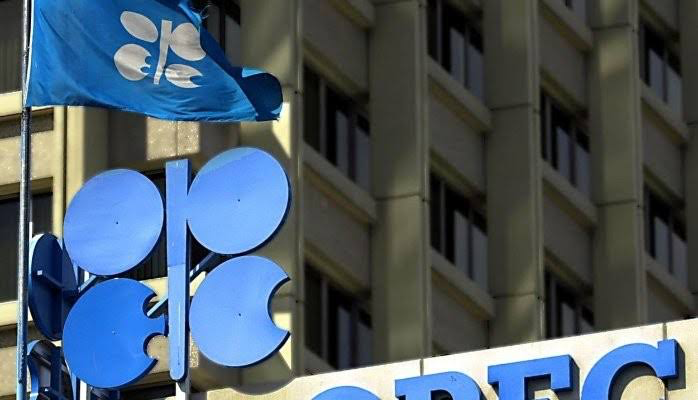The Organization of the Petroleum Exporting Countries (OPEC) continues to project strong growth in global oil demand throughout 2024 and 2025. In its monthly report released in July 2024, OPEC predicts a rise of 2.25 million barrels per day (bpd) this year, followed by an increase of 1.85 million bpd in 2025. These figures remain unchanged from their previous report, indicating confidence in their bullish outlook.
Summer Travel Expected to Boost Demand
OPEC anticipates a significant boost in oil demand during the Northern Hemisphere summer. They cite factors like resilient economic growth and increased travel activity as key drivers, particularly for transportation fuels. The report highlights the anticipated surge in car travel and airfare during summer holidays, which is expected to drive demand growth in the United States and other developed economies.
However, OPEC’s optimism contrasts with some industry experts’ predictions. Oil market analysts hold a wider range of opinions than usual regarding the strength of oil demand growth for 2024 and the coming years. This difference in perspective partly stems from varying outlooks on the pace of the global transition towards cleaner energy sources. Major oil and gas companies like BP recently released their annual Energy Outlook, predicting a peak in oil demand as early as 2025.
The OPEC+ alliance, which includes OPEC members and non-member oil producers like Russia, has implemented production cuts since late 2022 to stabilize the oil market. In June 2024, they agreed to extend the current cut of 2.2 million bpd until September, followed by a gradual phase-out by year’s end. This strategy aims to prevent a supply glut and maintain oil prices at a level considered favorable for both producers and consumers.
Upward Revision for Global Economic Growth
Adding to their bullish outlook, OPEC revised its global economic growth forecast for 2024 upwards to 2.9%, compared to its previous estimate of 2.8%. The report cites positive economic momentum outside of developed countries within the Organization for Economic Cooperation and Development (OECD) as a potential factor for exceeding this projection. A stronger global economy typically translates to higher energy consumption, further supporting OPEC’s demand growth forecast.
Oil prices showed little reaction following the release of the OPEC report. Brent crude oil, a global benchmark, continued trading below $85 per barrel as of July 10, 2024. This lack of immediate price movement suggests that the market is already factoring in OPEC’s forecast alongside other economic indicators and industry outlooks.
The OPEC report suggests an oil supply deficit in the coming months and throughout 2025. This deficit is anticipated to be larger than the shortfall predicted by the U.S. Energy Information Administration (EIA) on July 9, 2024. OPEC also projects demand for OPEC+ crude to reach 43.6 million bpd in the third quarter of 2024, exceeding the group’s current production levels according to the report. This potential supply gap could put upward pressure on oil prices in the later part of 2024 and into 2025.
Source: Reuters



